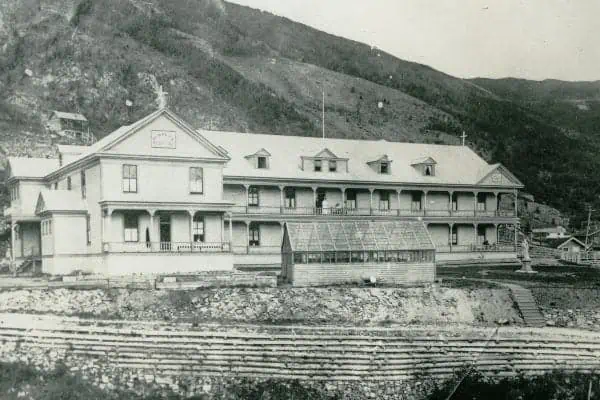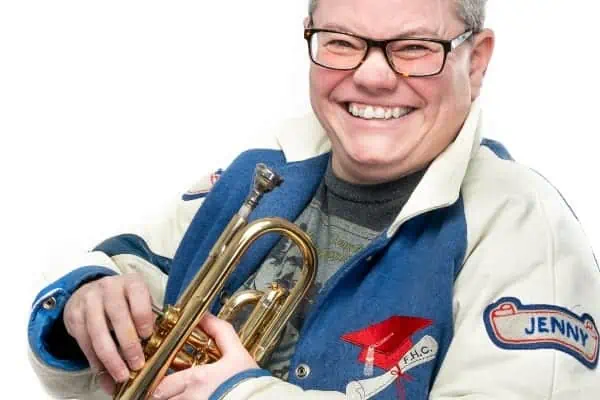The ice is coming down in a rush this year. While there was not a sign of the stuff in the river on the day they pulled the George Black Ferry out of the Yukon on October 29, it took just a few nights of minus teens temperatures to bring small pans of the greyish glittering stuff downstream, where it very quickly made the idea of crossing the river by small boat a dicey proposition.
Oh, there were canoes and powerboats on the water for several days after the ferry was berthed for the winter, but the chatter in the grocery stores was that some people were taking chances.
It’s one of nature’s little ironies that the fall freeze-up starts along the banks where the back eddies slow the current down a bit. I say it’s ironic, because the spring thaw will begin along the same banks, which is why it matters just where the ice bridge is able to be formed.
The best route for winter crossings happens to be between the two ferry landings, though we don’t always get it there. If it has to follow the banks for any great distance, it won’t last as long.
In the stream the ice forms little pans. They’re more or less round when they begin; flat interior planes surrounded by tiny ice walls where the water splashes against them as they drift and spin. Soon they crash into other pans, creating oblong shapes as they join together, welded by the cold and the water.
Four days after the ferry came out, the night temperature dropped 10 degrees, and Sunday afternoon saw hundreds of little floes moving past the Dänojà Zho Cultural Centre. Most of them were glittering around their edges while their interiors seemed to be in shadow; an interesting effect.
Some were partly shrouded by the haze that rises off the winter river when the air is colder than the water. At just about minus 10 it was a light haze. At lower temperatures it will darken to grey and even black. There’s often an open lead all winter down the river by Moosehide, and some days the rising haze is so dark it looks like smoke coming off a river that is on fire. (Cue Deep Purple’s anthem.)
Three more days passed and the floes in the middle of the river formed into large pans that were hundreds of metres wide and stretched back up the river as far as the eye could see from Dänojà Zho. Smaller floes had been trapped along the banks by uneven projections, extending the process that had begun at the edges out to meet the center floes.
It’s not easy to project just what will happen. There was ice in the river when the ferry came out last year, and it all went away the next day, taking quite a while to return. My guess is that, by the time this sees print, the ice will have stopped moving and there will be enough of a buildup for people to begin walking the route without putting themselves at risk.




